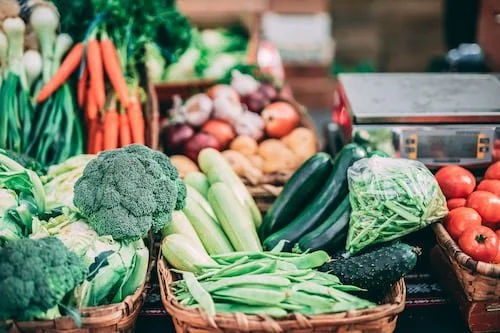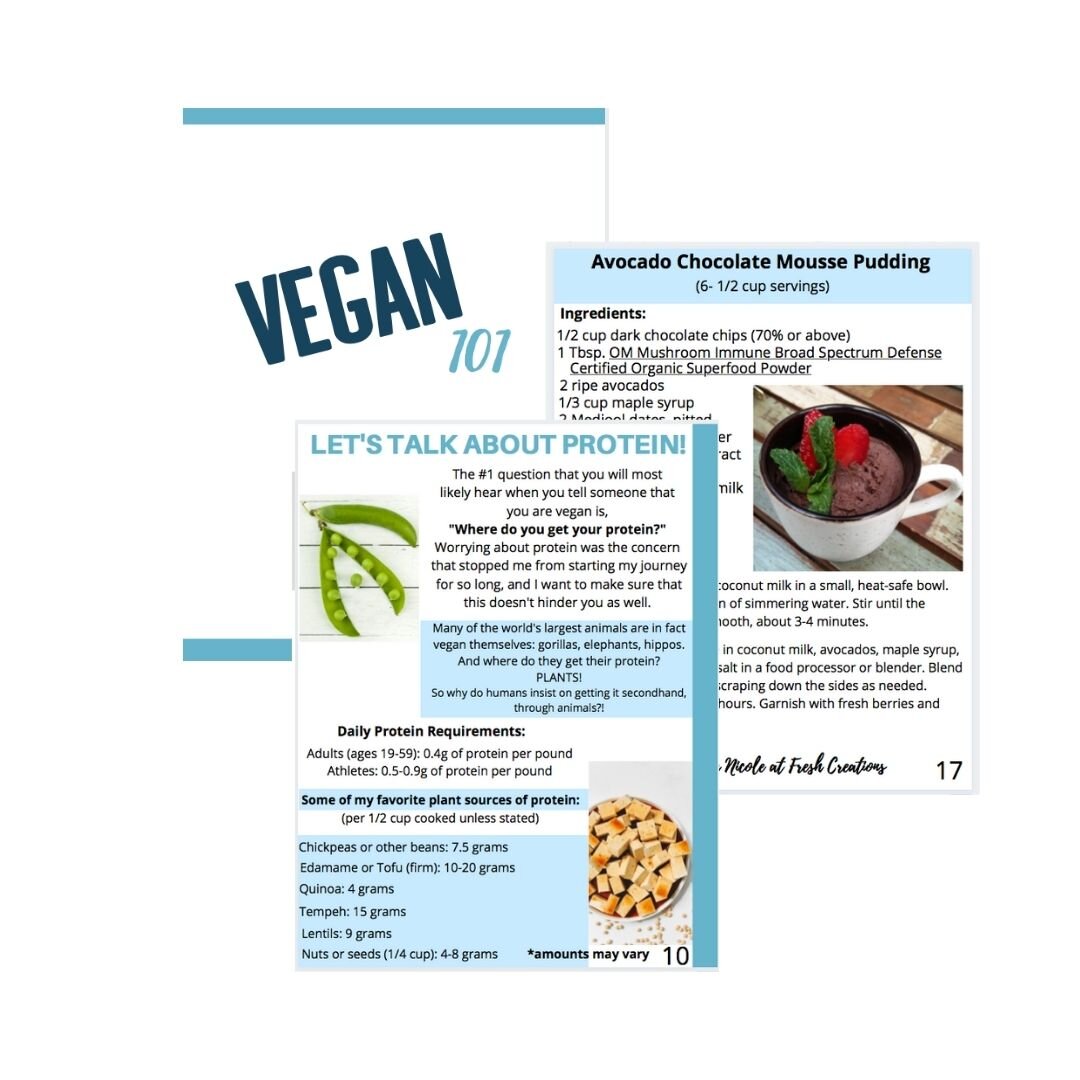Seaspiracy: My Biggest Takeaways From The Popular Netflix Documentary
/Have you had a chance to watch Seaspiracy yet?!
I had been hearing about it for weeks and gave in to the temptation last Friday night. I curled up with a notepad, a box of tissues and was ready to face the truth. Honestly, after many years of being involved in animal rights, I thought I knew everything that I needed to know about the fishing industry. Wow, was I wrong!
Before I go in to my biggest takeaways, I should probably explain what Seaspiracy is, for those of you who have no clue what I am talking about.
Seaspiracy is a 2021 documentary about the environmental impact of the fishing industry. “Passionate about ocean life, a filmmaker sets out to document the harm that humans do to marine species-and uncovers alarming global corruption,” (Netflix).
The documentary is an hour and a half and is produced by the same filmmakers as the documentary, Cowspiracy. Click here to watch the trailer.
I won’t tell you about the entire documentary, in case you still want to watch it for yourself. But here are just a few of my biggest takeaways.
First, I was blown away by the amount of other animals killed in the fishing industry. It is not just fish that are killed but sharks, dolphins, whales, turtles, seals and birds are killed as well. 300,000 dolphins, whales and porpoises are killed each year while 30,000 sharks are killed every HOUR! Fishing is the greatest threat to marine wildlife.
The ocean is home to up to 80% of all life on earth and produces 50-80% of the oxygen. In addition. it absorbs four times the amount of C02 as the Amazon Rainforest.
2.7 trillion fish are killed per year, 5 million are killed per minute. We are expected to see fishless oceans by 2048! Fishless oceans = no ocean = no humans.
35 billion dollars is subsidized to the fishing industry every year. The United Nations has stated that we could solve world hunger with 30 billion dollars.
In the United States, 1 in 3 wild fish is caught and sold illegally. The fish are stolen from places with food insecurities, creating starvation and decimated economies.
Labels can be extremely misleading. A company claiming “dolphin safe tuna” slaughtered 45 dolphins to catch 8 tunas.
Widespread forced labour in the seafood trade is reported in 47 countries.
For all of the resources and more information, be sure to visit Seaspiracy.org
I think the biggest takeaway from watching this documentary is that we need to act fast. Unfortunately, we can not save our oceans and our planet by eliminating plastic straws or by eating “sustainable fish”. We need to make changes NOW so that we can protect the future of our planet for ourselves, our kids and grandkids. This industry is not only killing sentient beings but is destroying our home and our fellow humans.
To find out how you can help, please visit Seaspiracy.org
I highly encourage everyone to watch Seaspiracy on Netflix if you haven’t done so already. It is truly eye-opening and needs to be shared.
If you have already watched it, I would love to hear what you thought about it and what your biggest takeaways were.
Until next time, peace and plants <3











